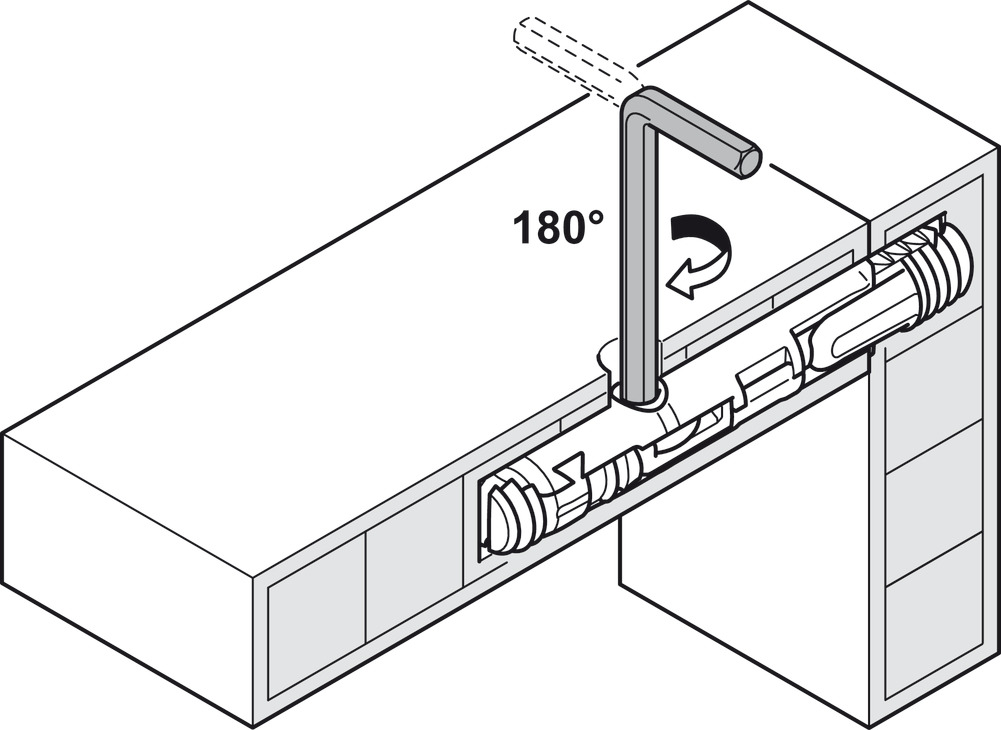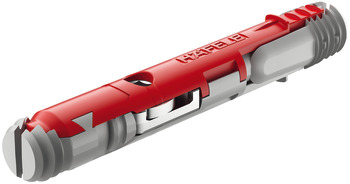Packard
Member
Assuming the stock is identical for both joints, say 3/4” x 3-1/2” poplar, which of these joints would be stronger? Stronger in which direction of strain?
Biscuits?

Or
Dominoes?

My guess is that the dominoes would provide greater strength against the changing of the 45 degree angles to make the 90.
And the biscuits would provide greater strength maintaining the flatness of the two pieces of stock.
Thoughts?
I make this joint frequently and use two 3/8” x 1” dowels to add strength and to maintain alignment. Dowels are my fall back joinery method. I often don’t even ask myself if it is the best method for the project.
Do you ever find that you are using your default joinery method without considering your other options?
I mentioned in an earlier post that I was going to try out biscuits to join my face frames to my cabinet box.
A notable exception is that I always use pocket hole construction to assemble face frames. Whereas years ago I made cabinets entirely with pocket hole construction, and the results were perfectly adequate. Though I did not like to have the pocket holes visible in the final product.
Biscuits?

Or
Dominoes?

My guess is that the dominoes would provide greater strength against the changing of the 45 degree angles to make the 90.
And the biscuits would provide greater strength maintaining the flatness of the two pieces of stock.
Thoughts?
I make this joint frequently and use two 3/8” x 1” dowels to add strength and to maintain alignment. Dowels are my fall back joinery method. I often don’t even ask myself if it is the best method for the project.
Do you ever find that you are using your default joinery method without considering your other options?
I mentioned in an earlier post that I was going to try out biscuits to join my face frames to my cabinet box.
A notable exception is that I always use pocket hole construction to assemble face frames. Whereas years ago I made cabinets entirely with pocket hole construction, and the results were perfectly adequate. Though I did not like to have the pocket holes visible in the final product.


